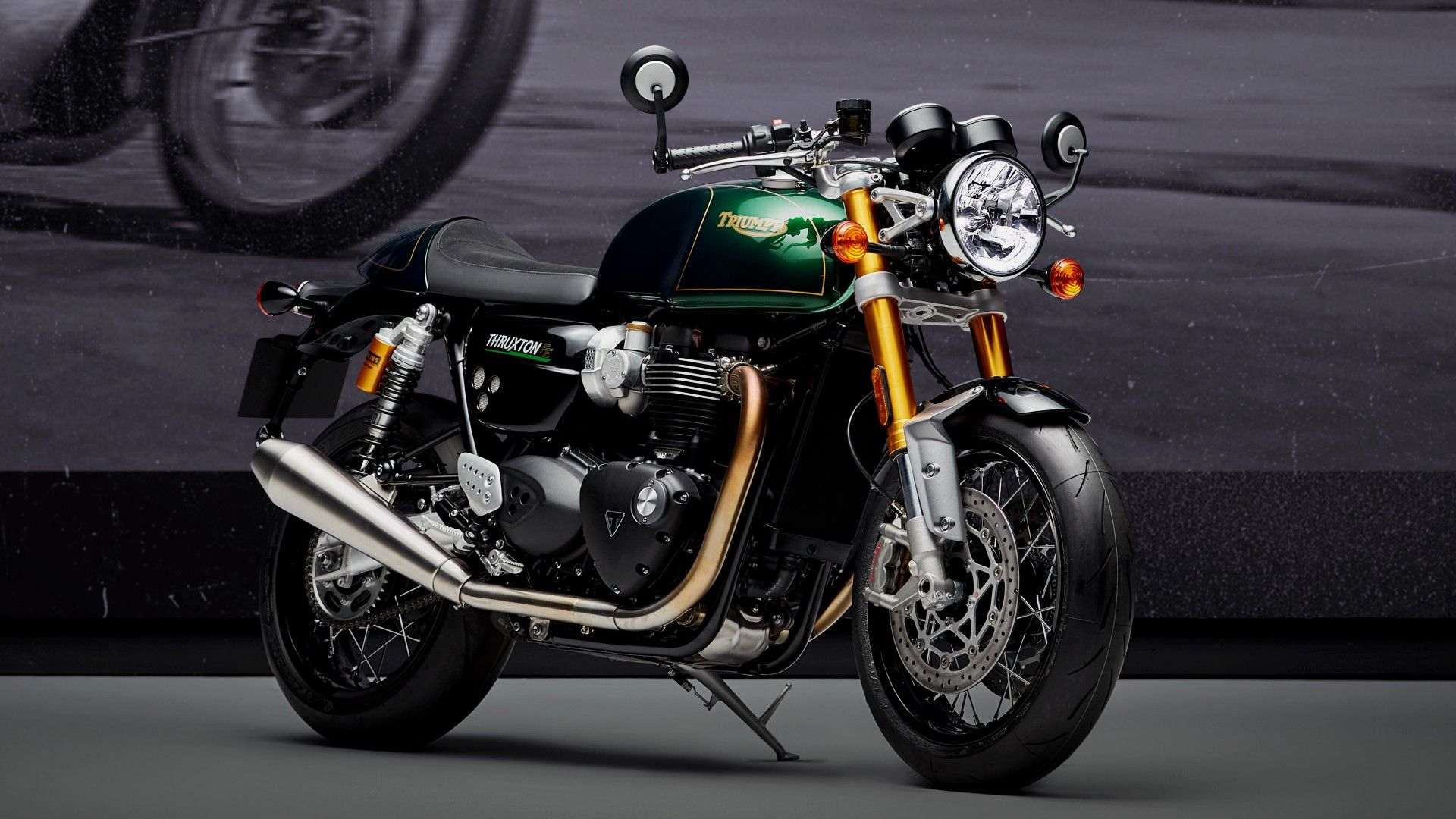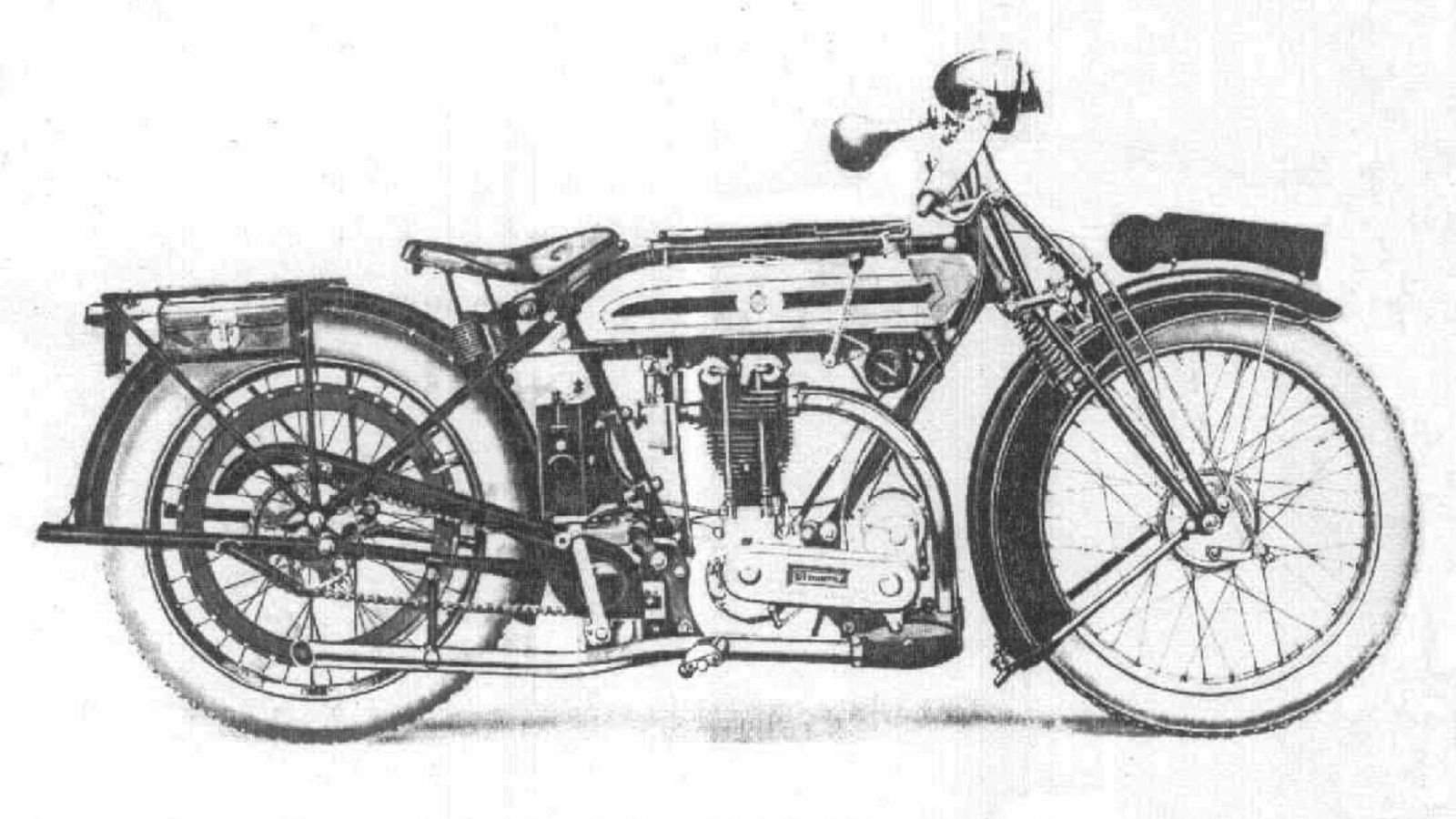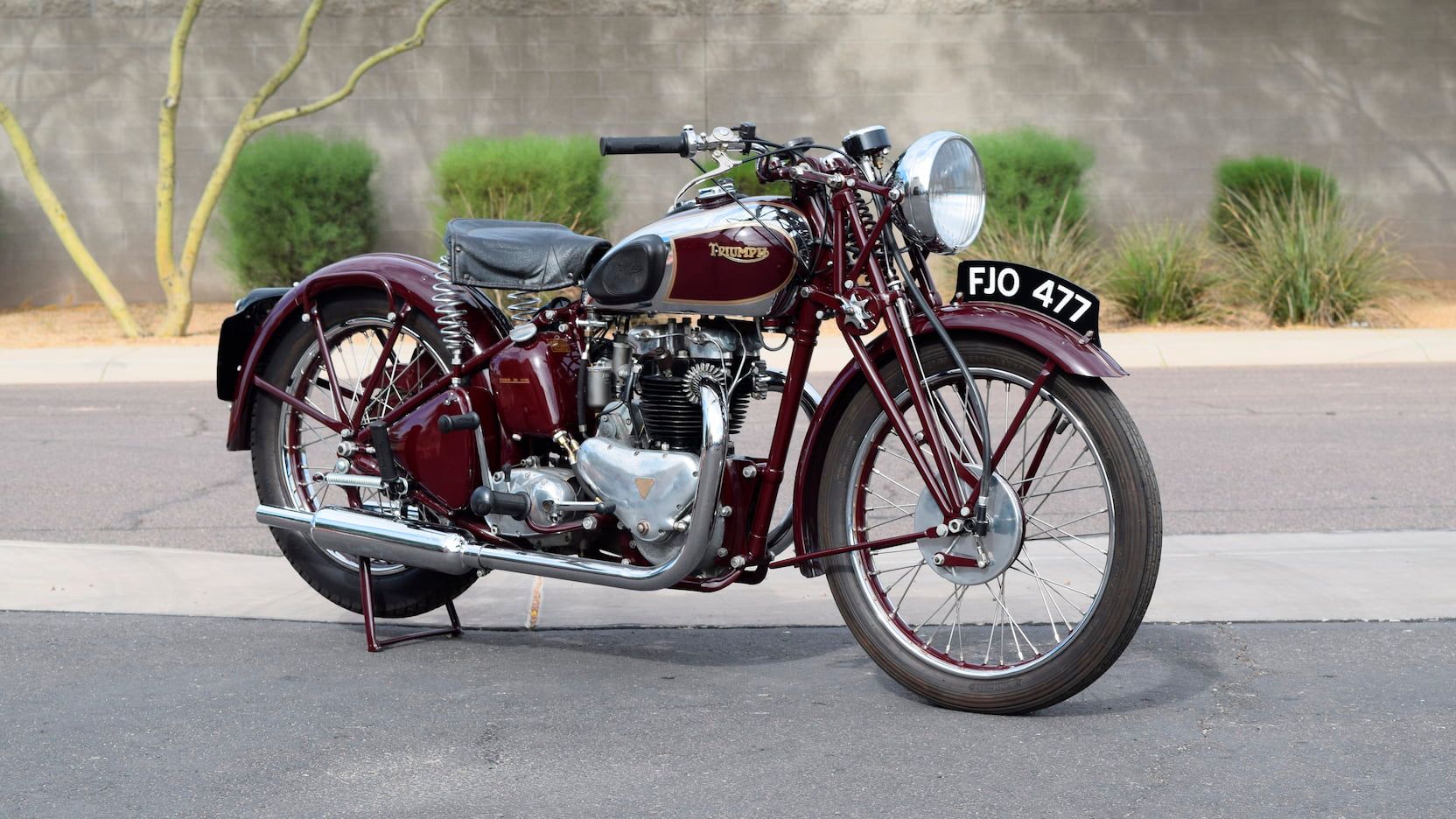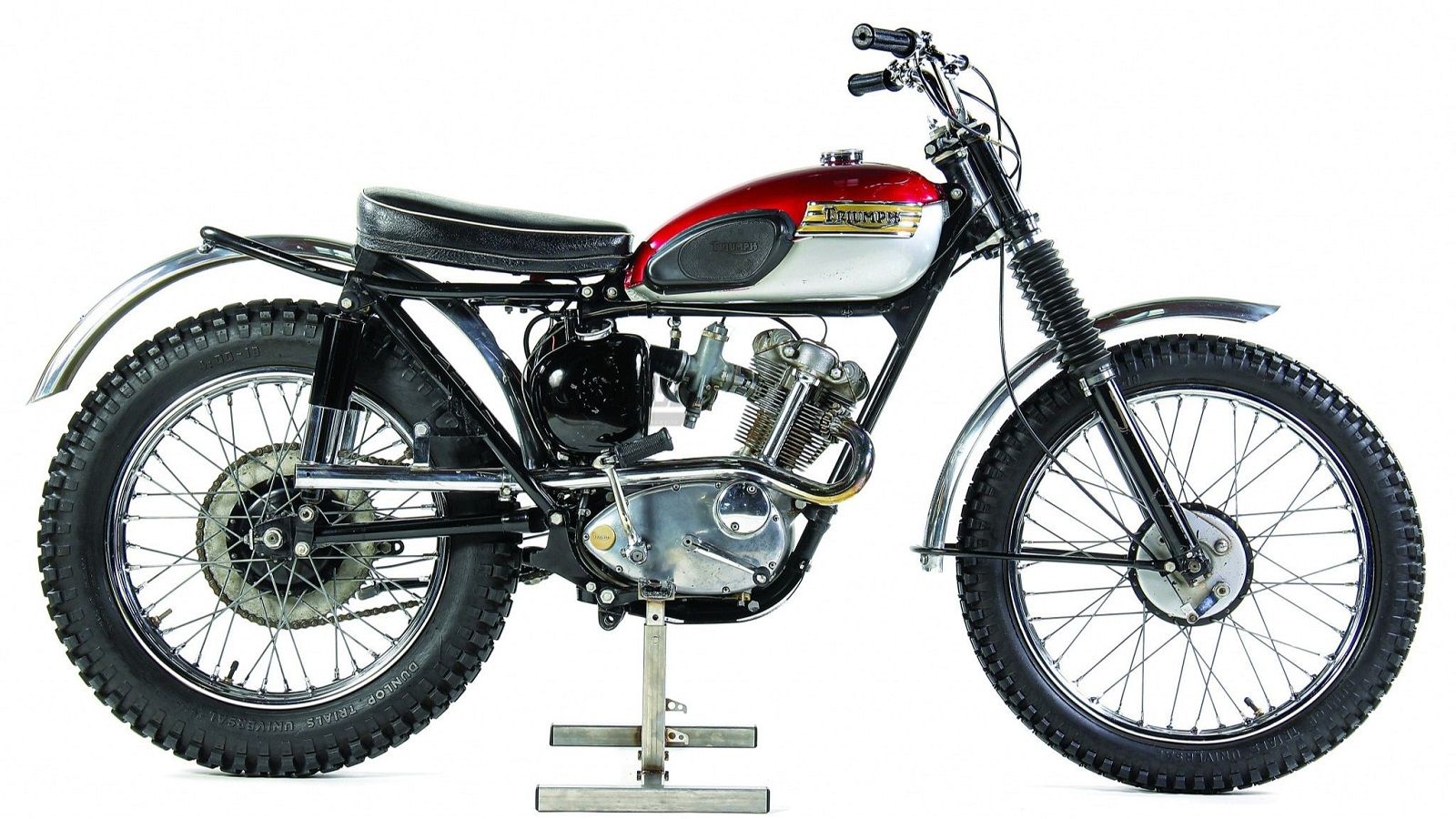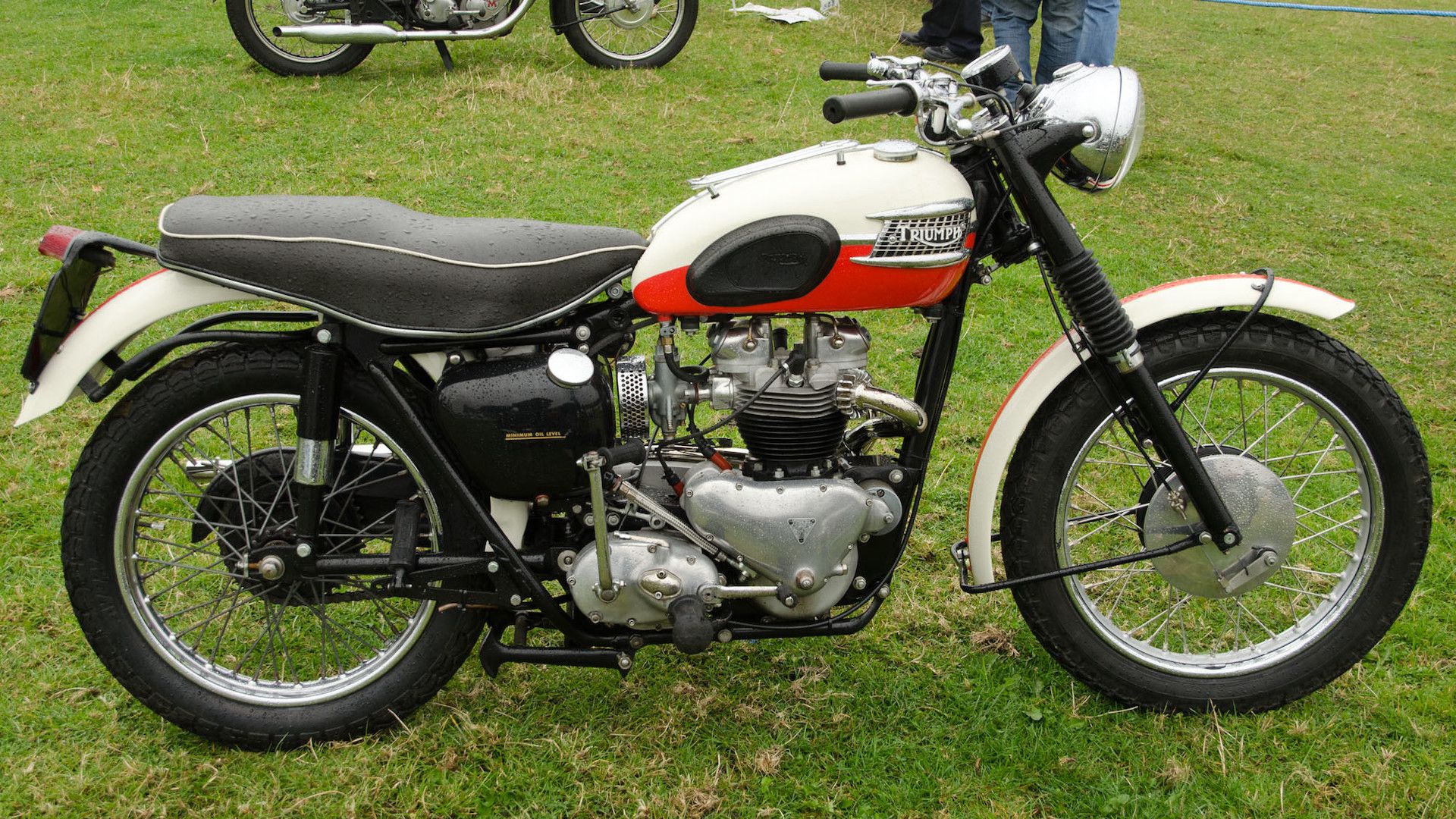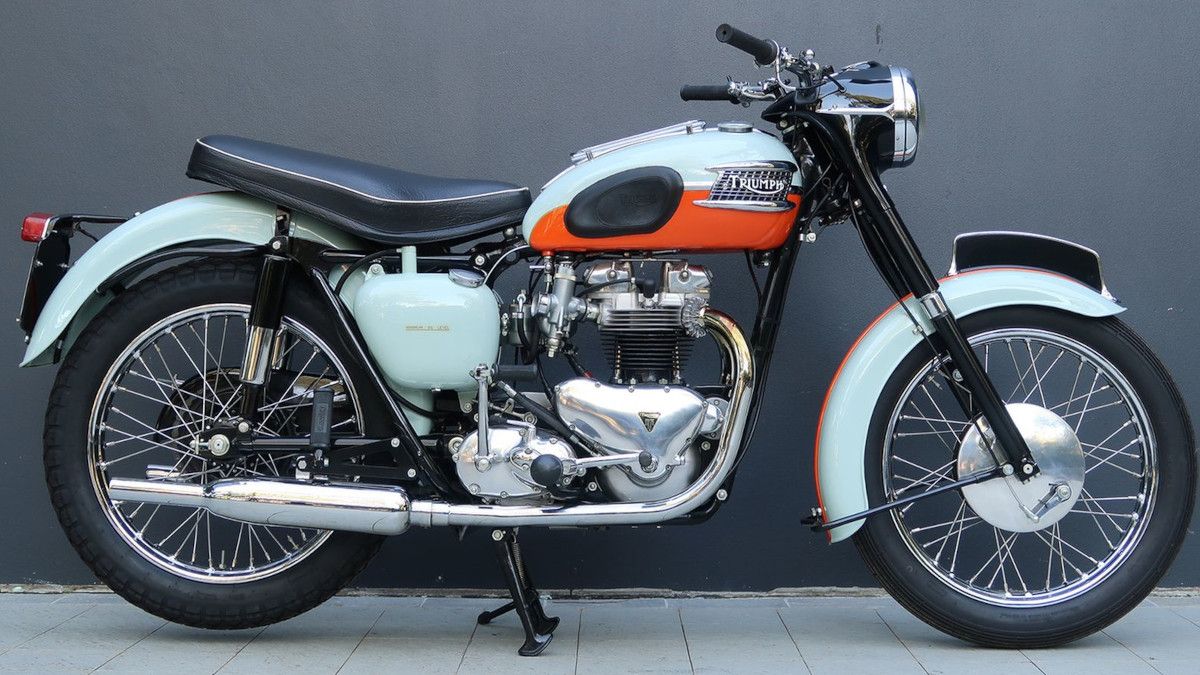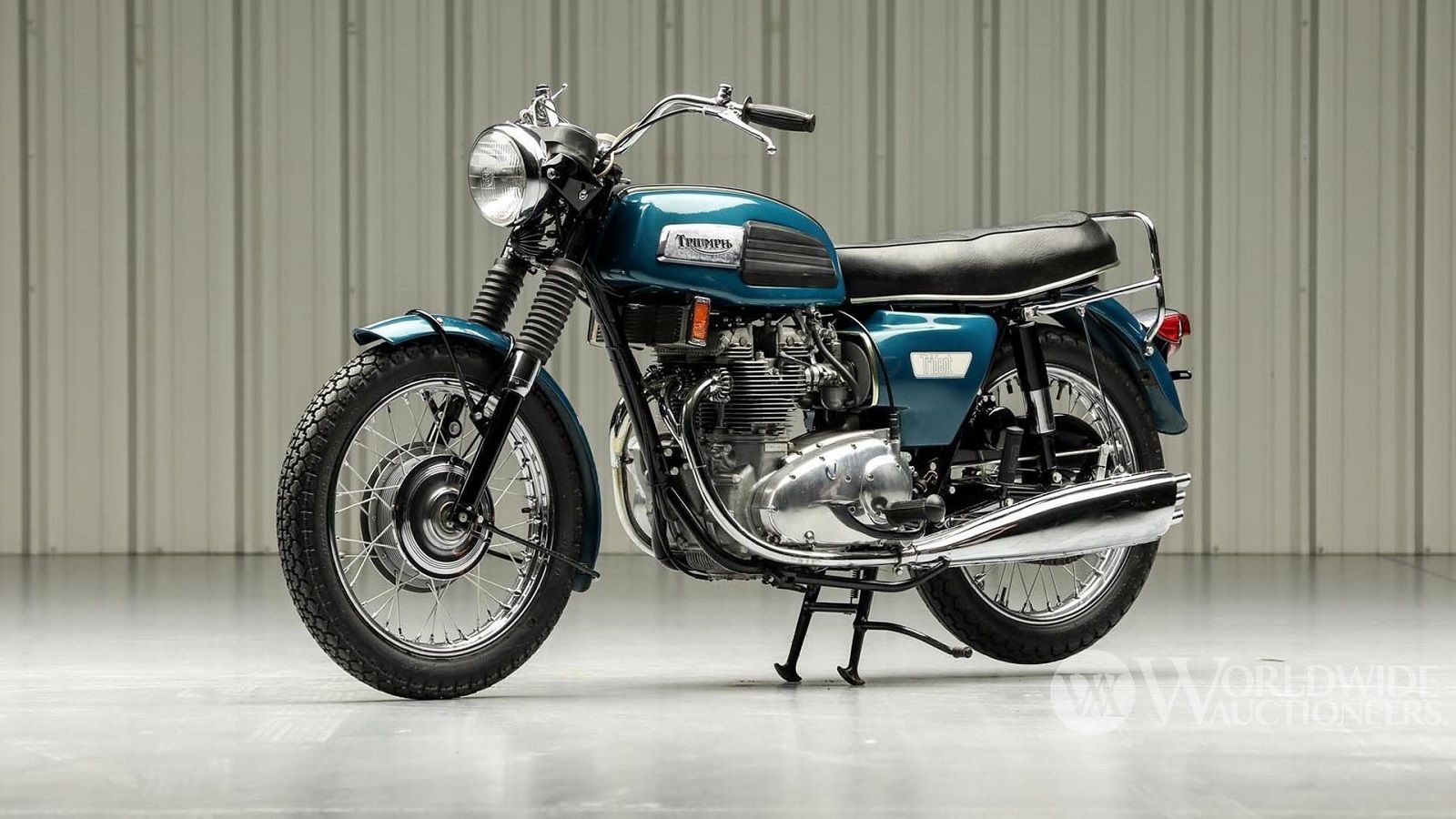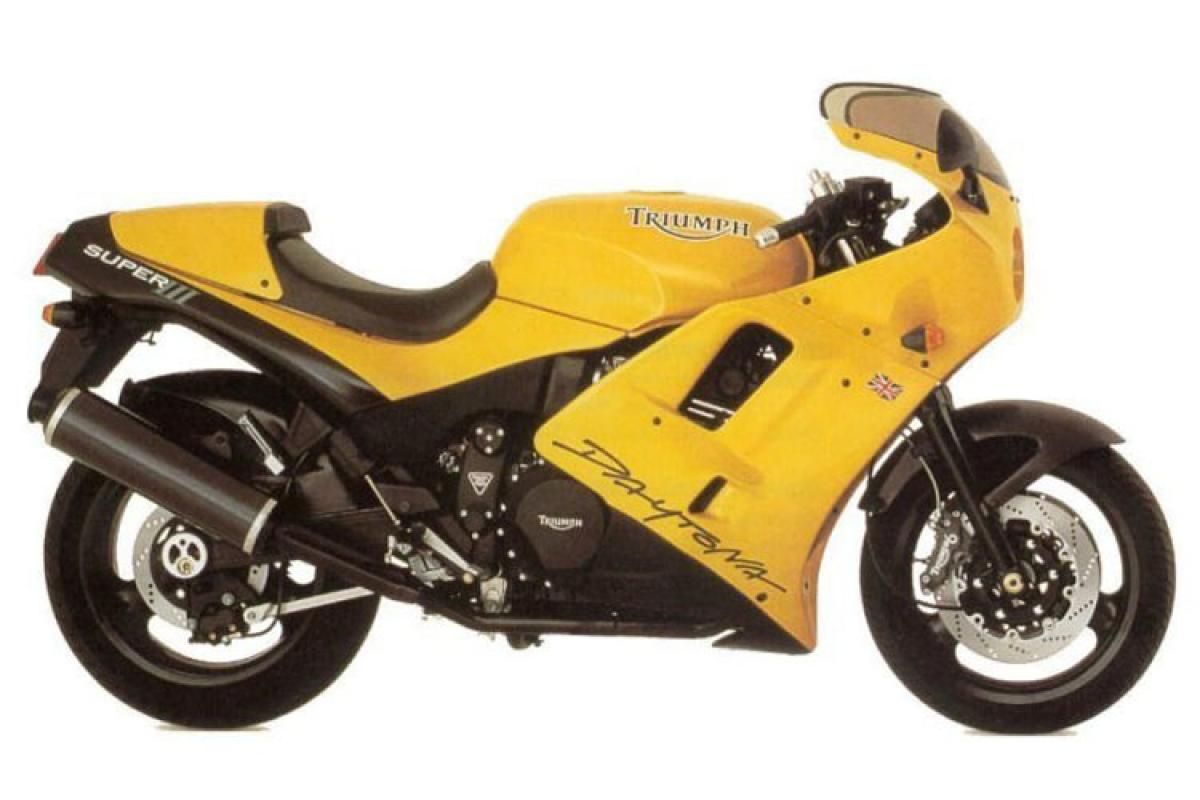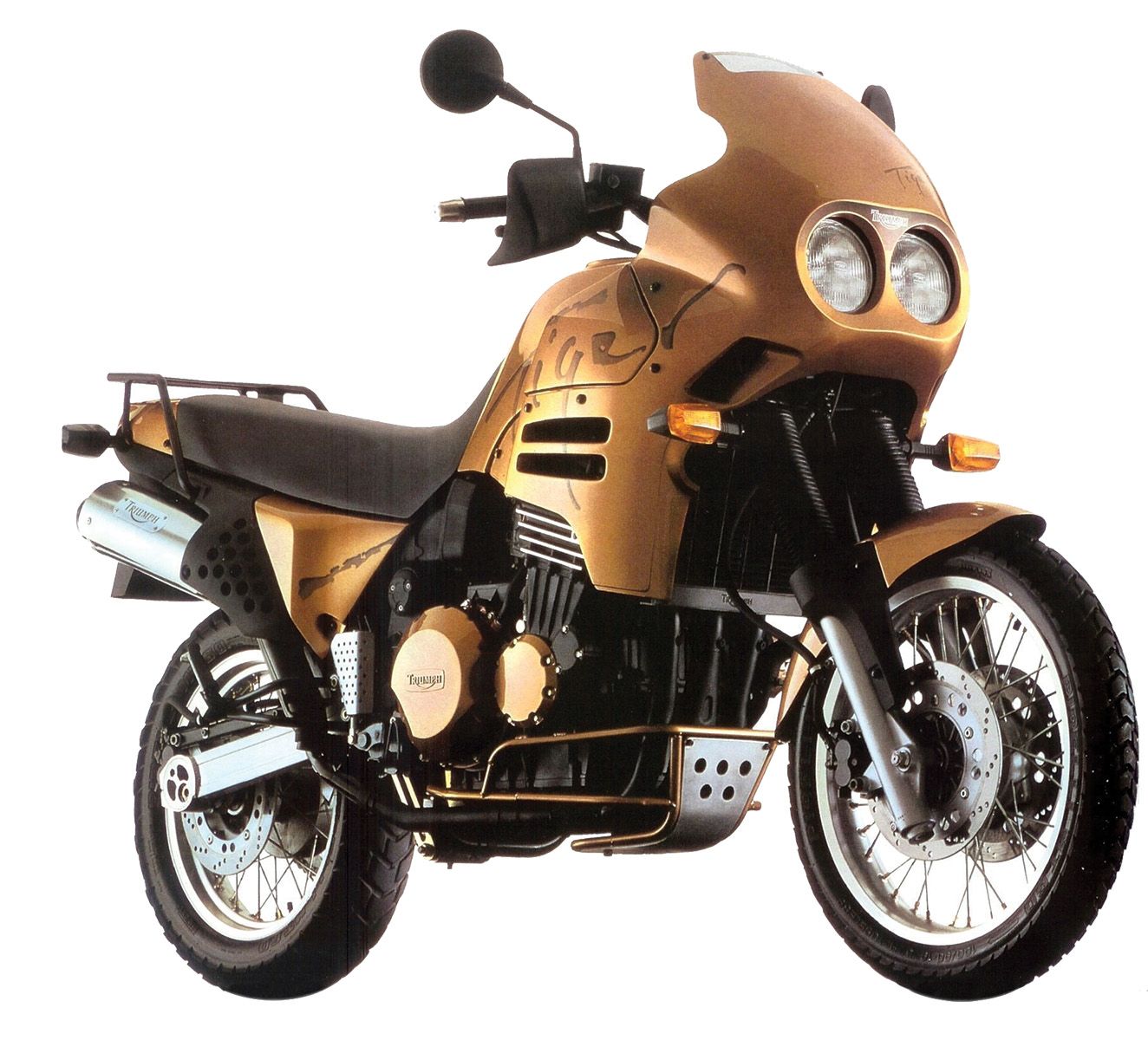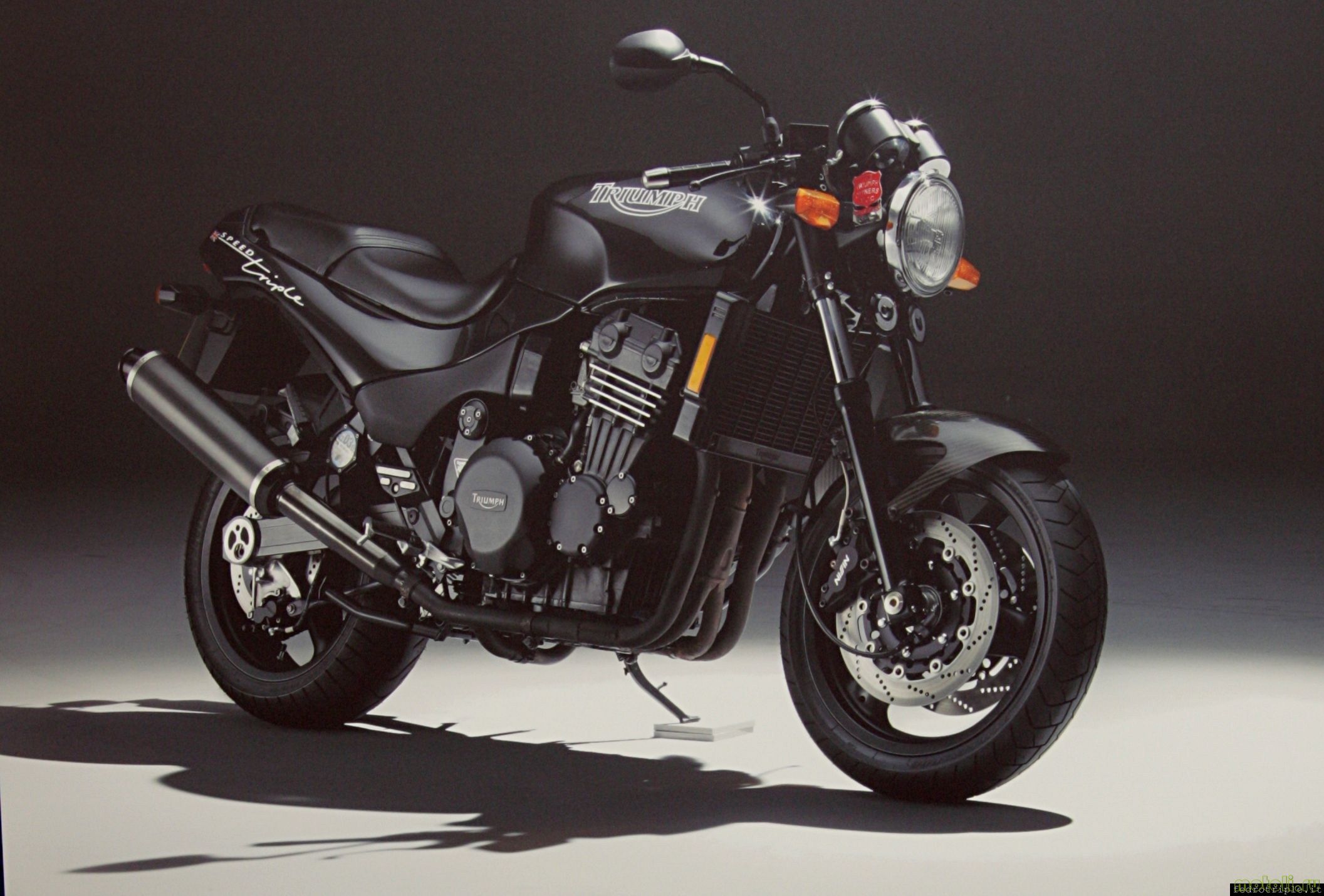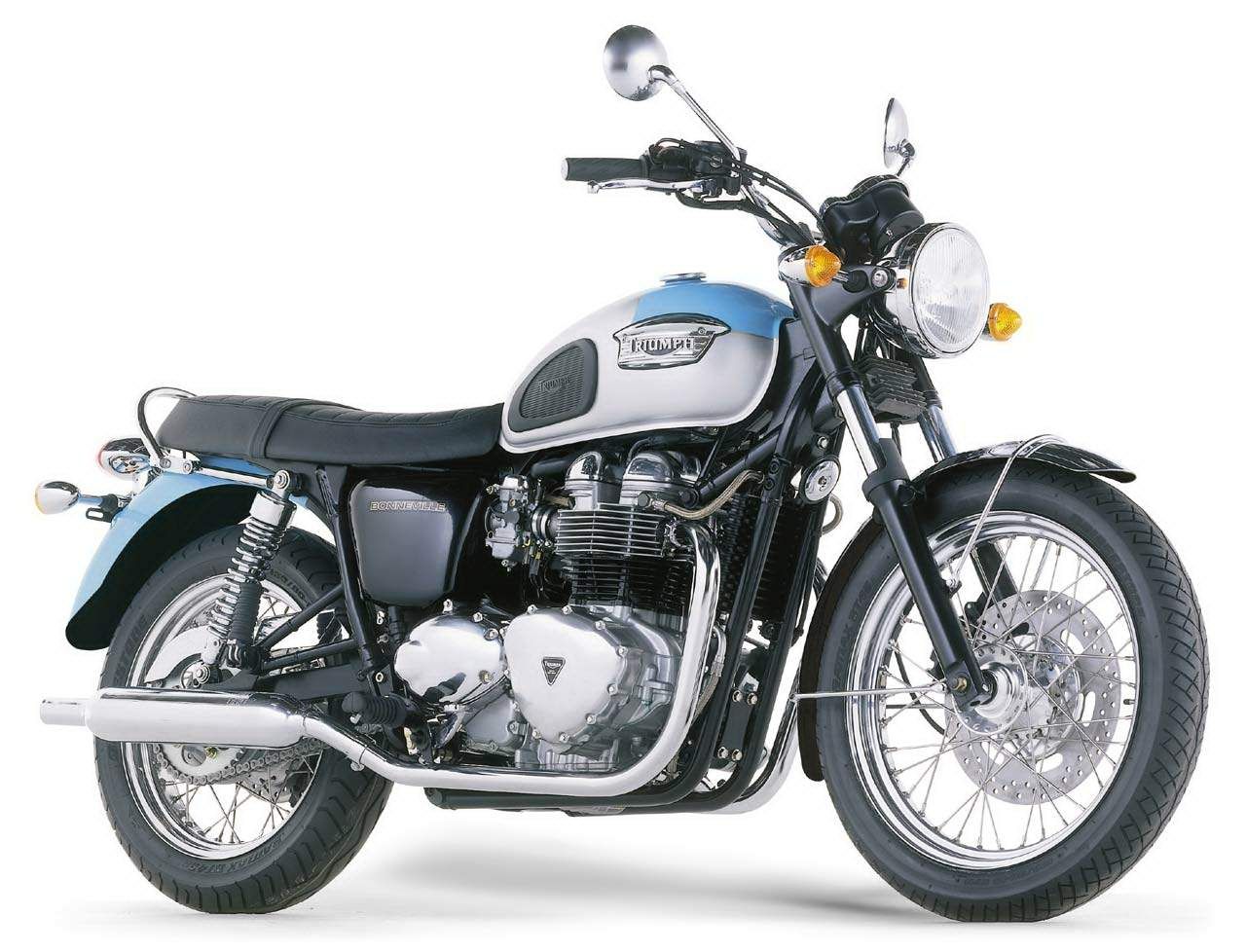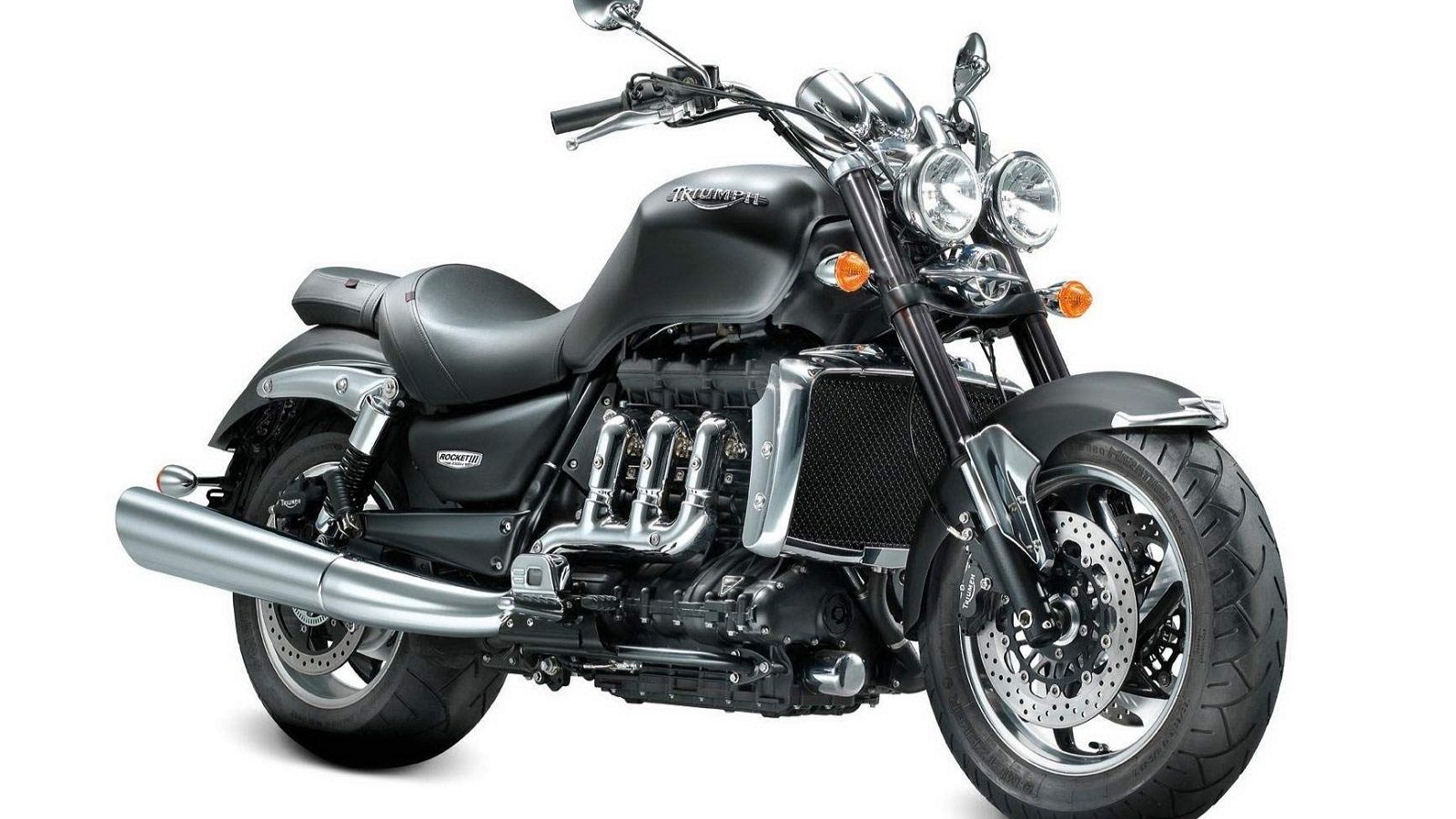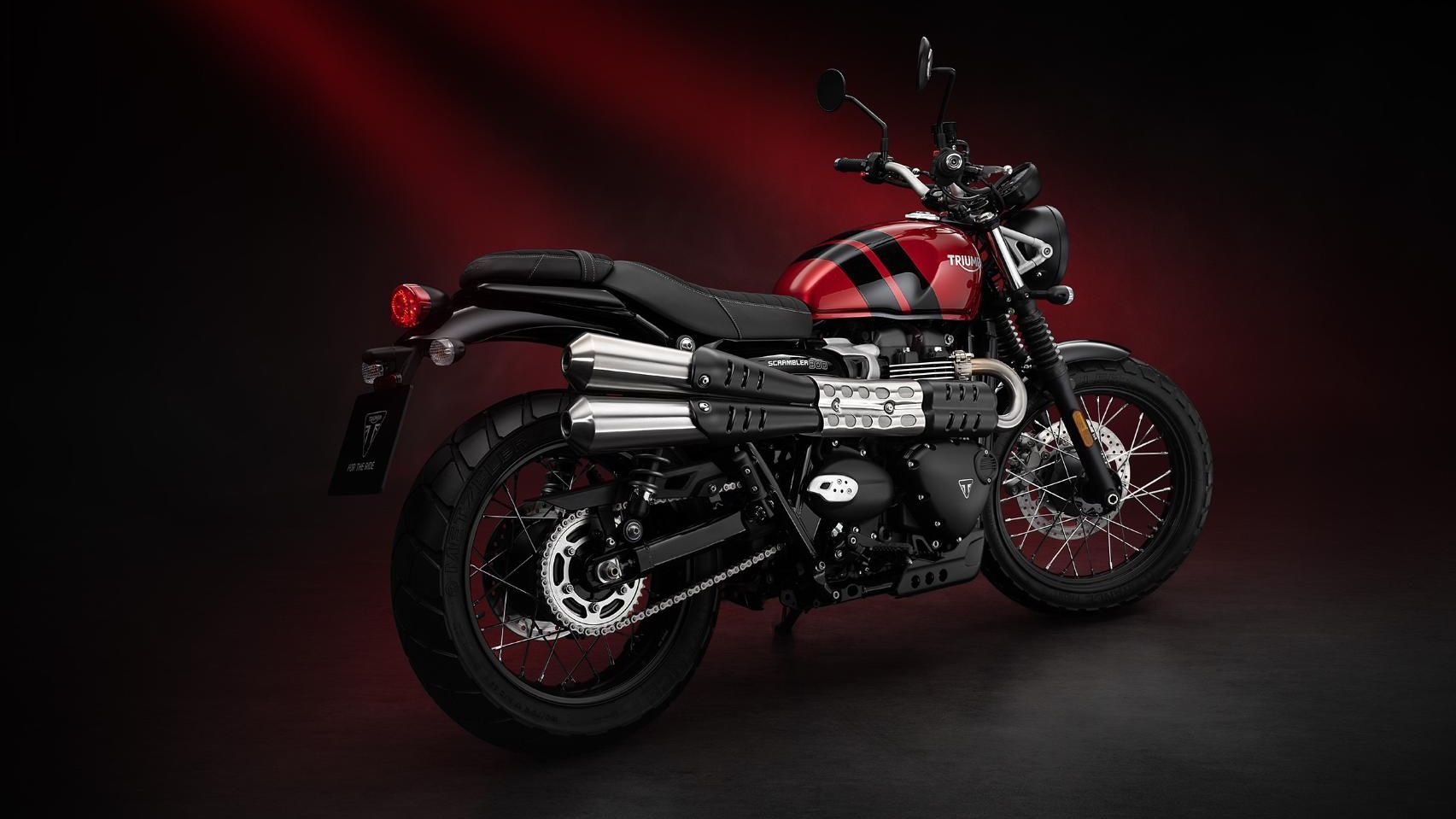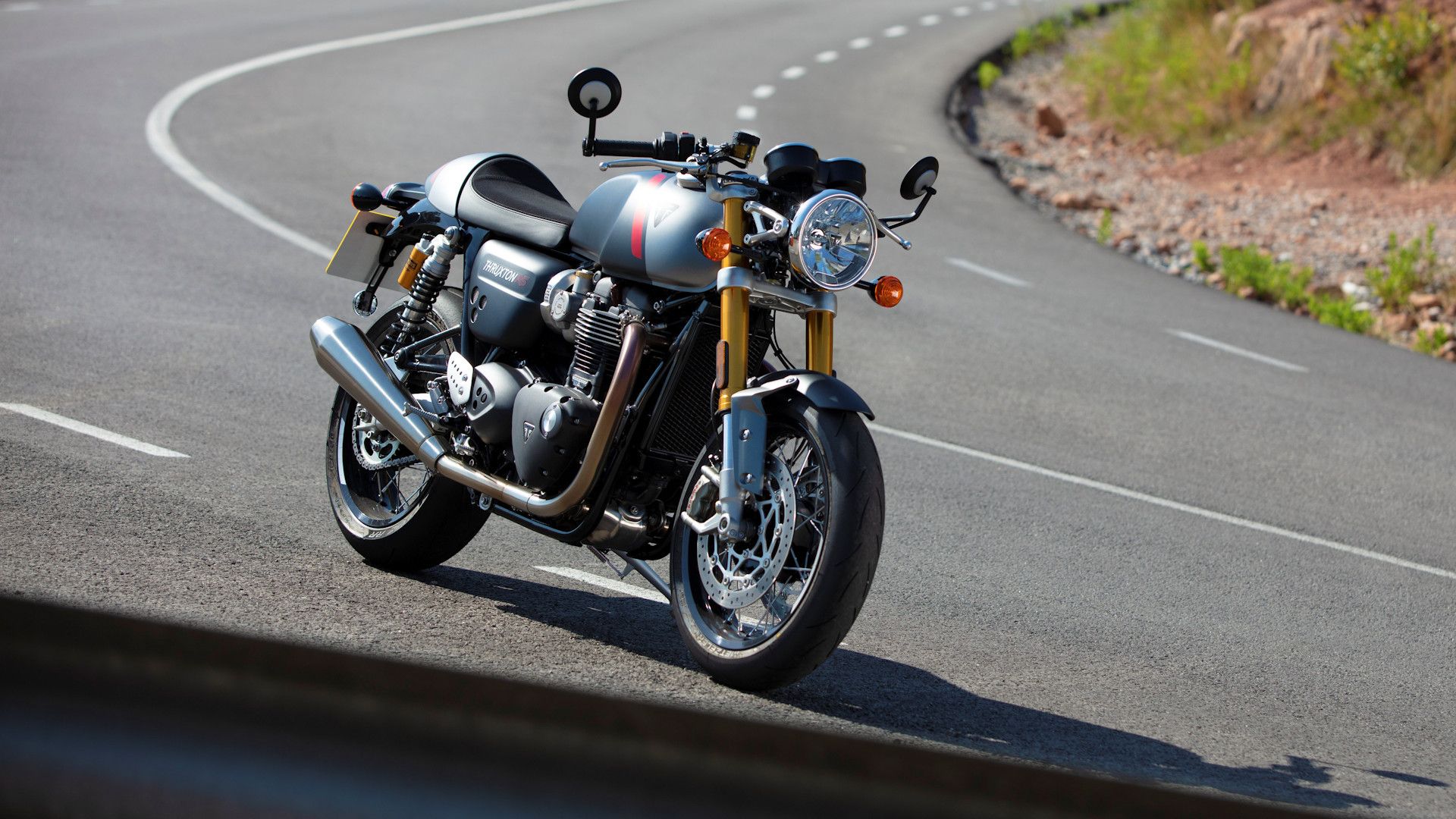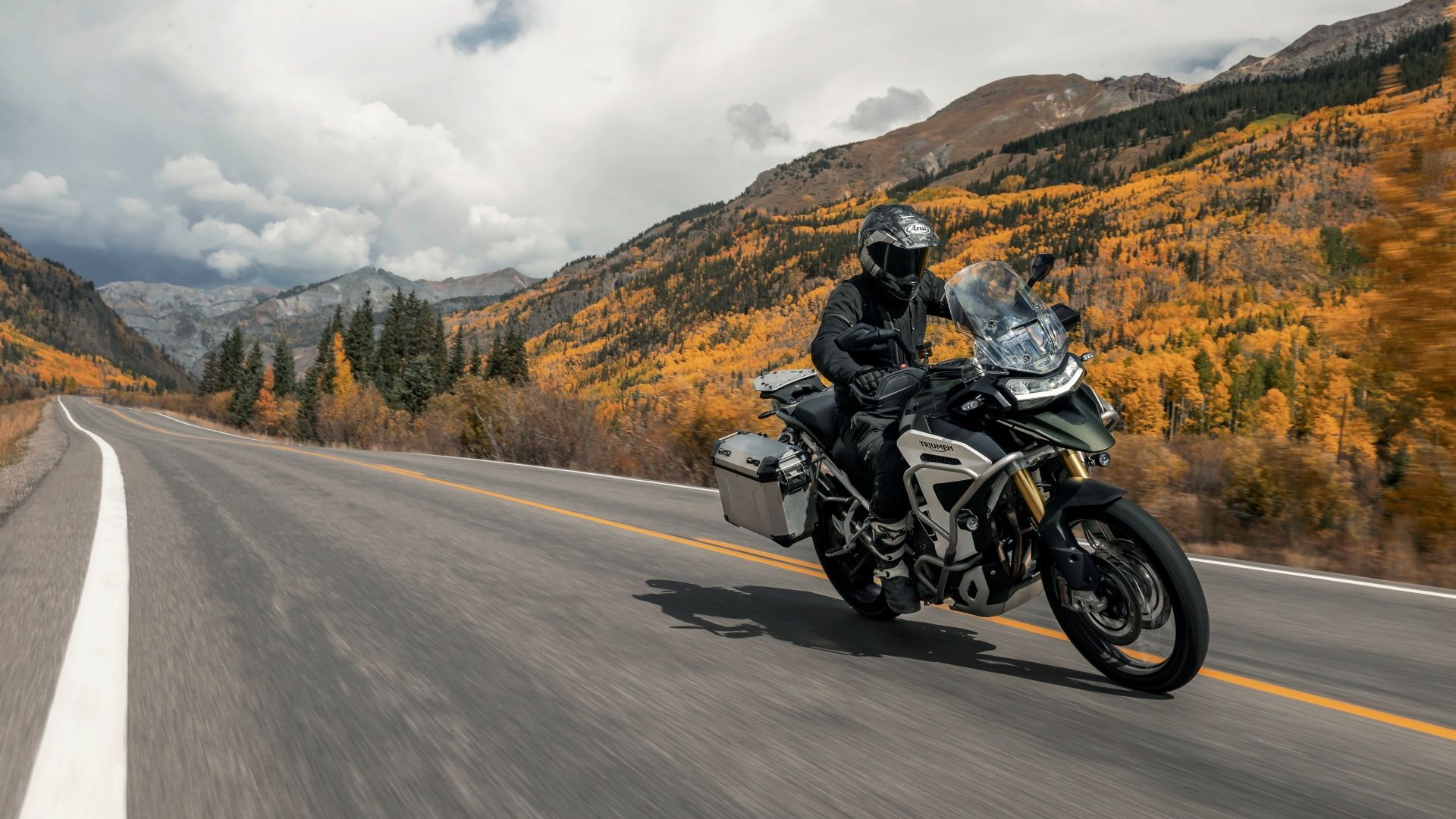Is there a name more evocative of motorcycling than Triumph? The company was founded in the late 1800s by a German immigrant who initially went into the bicycle business and who, by 1902, produced its first motorcycle. Triumph survived both world wars to enjoy its most significant period from the late 40s to its eventual demise in the 70s. Many of the models are the very epitome of the British motorcycle.
It was Triumph that first introduced the parallel-twin engine in a form that was acceptable to the public and which every other motorcycle manufacturer would copy in an attempt to keep up once the second world war was over and production could return to civilian motorcycles. Once held up as an example of everything that was wrong with the British motorcycle industry that eventually led to its demise, Triumph is once again at the forefront of motorcycling in the 21st century, having been resurrected in the early 90s.
Updated October 2023: The history of the Triumph line of motorcycles has been so long that it is hard to pick just a few that deserve to be in the limelight. So, for that reason, instead of going off on a different topic, the staff has decided to refresh this list and add a few more models for you to discover. All these models may be familiar to die-hard bike lovers, but refreshing the memory is never a bad idea.
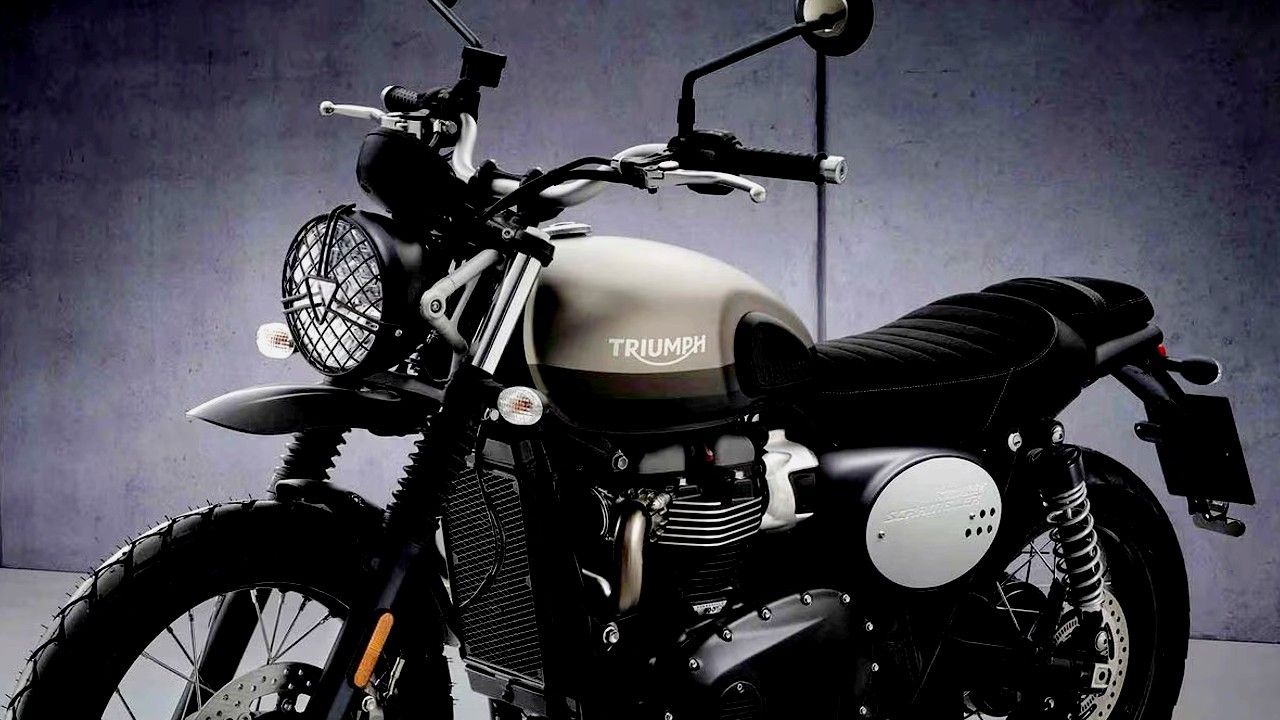
Latest Spy Shots Of Triumph’s Baby Scrambler Reveal Juicy Details
This entry level scrambler will be a direct rival to the Royal Enfield Scram 41115 Triumph Model R Ricardo
Production Years: 1921 to 1928
In its early days, Triumph was relatively cautious when adopting new technology, preferring to stick to tried and tested methods for reliability. All that changed in 1921, when Triumph approached engine specialist Harry Riccardo to design a new overhead-valve engine with no fewer than four valves for the single cylinder and producing an impressive-for-the-time 20 horsepower. The problem was that metallurgy had yet to entirely keep pace with engine development, and the four-valve heads were initially unreliable. The Model R continued in production until 1929, and today, they command high prices whenever they come up for sale.
Performance Specs
|
Displacement |
499cc |
|
Engine |
Air-cooled Single-Cylinder OHV |
|
Power |
20 horsepower |
|
Weight |
256 pounds (wet) |
|
Model Highlights |
Three world speed records and gold medal in the 1923 International Six Day Trial |
14 Triumph Speed Twin
Production Years: 1938 to 1940; 1947 to 1966
Revolutionary when it first appeared in 1938, the Triumph Speed Twin was fitted with Edward Turner's neat parallel twin engine. It was barely any larger physically than the twin-port singles it effectively rendered immediately out-of-date. The benefits were smooth running and good power throughout the rev range, with much better acceleration than an equivalent single. More importantly, the Triumph Twin engine, arriving as it did on the eve of the Second World War, gave Triumph a considerable lead when civilian motorcycle production was re-commenced in 1947.
Performance Specs
|
Displacement |
498cc |
|
Engine |
Air-cooled 360° Parallel-Twin OHV |
|
Power |
27 horsepower |
|
Weight |
365 pounds (dry) |
|
Model Highlights |
First successful British parallel twin, setting the standards for British manufacturers |
13 Triumph Tiger Cub
Production Years: 1954 to 1968
Developed from the 149cc Terrier of 1953, the 1954 Triumph Tiger Cub had a displacement of 199cc, but, more importantly, the Cub looked exactly like a miniature twin-cylinder Triumph. One of Edward Turner's excellent skills was as a stylist, and Triumphs were arguably the best-looking machines of the 30s, when he joined Triumph, through to the end of the 60s. The Cub was not just an excellent road bike but also proved highly effective in racing, both on-road and off-road, with trial versions performing exceptionally well with their lightweight and good power-to-weight ratio.
Performance Specs
|
Displacement |
199cc |
|
Engine |
Air-cooled Single-cylinder OHV |
|
Power |
10 horsepower |
|
Weight |
209 pounds (dry) |
|
Model Highlights |
One of Britain's most popular learner bikes after the License Reforms of 1961 |
12 Triumph TR6 Trophy
Production years: 1956 to 1973
The 1956 Triumph TR6 Trophy bike was a multipurpose bike designed for use on and off the beaten path. In today's terminology, it was an adventurer, or an enduro, capable of traveling on the pavement or the dirt. In fact, the all-new alloy heads dubbed the "Delta Head" were so robust and reliable that many bikes were converted to run in off-road and desert races. They were so popular that police forces in the UK used them for several years as their go-to police motorcycles.
Performance Specs
|
Displacement |
649cc |
|
Engine |
Air-cooled Parallel-Twin |
|
Power |
42 horsepower |
|
Weight |
365 pounds (dry) |
|
Model Highlights |
Steve McQueen's favorite Triumph; Competition variant "Desert Sled" won across many races in the 50s and 60s |
11 Triumph Bonneville
Production Years: 1959 to 1983 (first run)
The Triumph Bonneville is a legend! In 1956, Texan Johnny Allen piloted a streamlined 'motorcycle' to 214mph at the Bonneville salt flats in Utah. Even though the F.I.M. did not ratify the record, Triumph gained massive publicity from the attempt. When a new performance model was on the drawing board, only one name could be used: Bonneville. The T120 designation came from the claimed top speed. Speed was the new big-ticket sales tool. The Bonneville became the sports bike of the 1960s and is today regarded as an icon of motorcycling.
Performance Specs
|
Displacement |
500cc (T120), 650cc (T140) |
|
Engine |
Air-cooled Parallel-Twin |
|
Power |
26 horsepower (T120), 46 horsepower (T140) |
|
Weight |
404 pounds (dry) |
|
Model Highlights |
Iconic Triumph of the 60s; venerated café motorcycle |
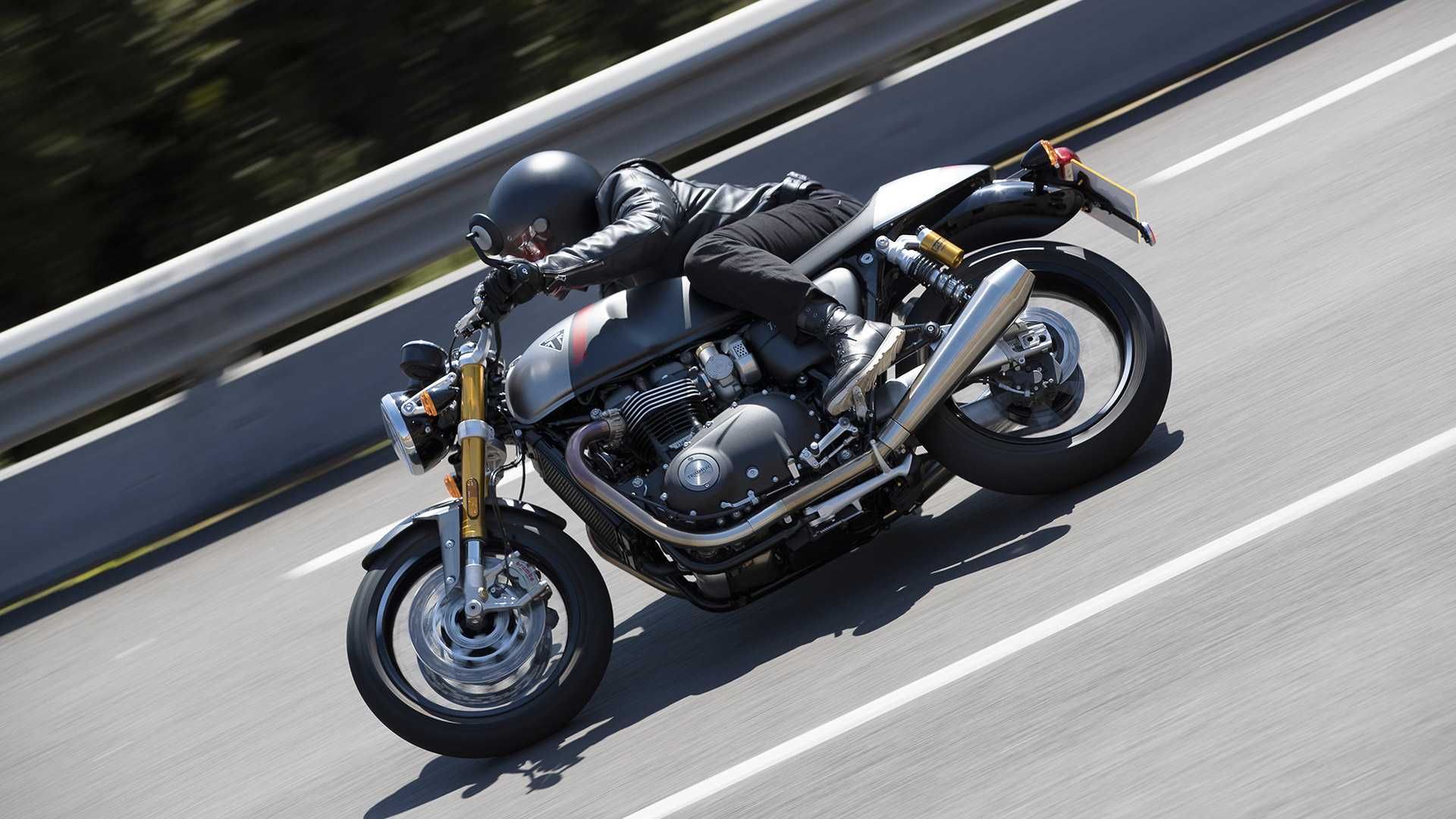
10 Reasons Why You Need A Triumph Bonneville
The model that gave birth to the retro craze is still the king of the class10 Triumph Trident
Production Years: 1968 to 1975
The Triumph Trident is the 'nearly' motorcycle. The Trident was still an impressive motorcycle, with an ultra-smooth and powerful (compared to the parallel-twin design) engine. However, the squared-off Ogle styling left a lot to be desired. Later models would revert to more traditional Triumph styling. The Trident T150 had drum brakes and a kick-start. However, later models gained a single front brake disc and an electric start. But the writing was on the wall for the British motorcycle industry, and the Trident was to be the last new mass-produced British motorcycle for over two decades.
Performance Specs
|
Displacement |
740cc |
|
Engine |
Air-cooled Inline-three OHV |
|
Power |
58 horsepower |
|
Weight |
468 pounds (dry) |
|
Model Highlights |
True "world's first superbike", debuting four weeks before the Honda CB750 |
9 Triumph Daytona
Production Years: 1992 to present
The first - and possibly most crucial - thing that new Triumph owner John Bloor realized when production of 'new' Triumphs commenced in the early 90s was that a link back to the illustrious history of Triumph was essential. The easiest way of doing this was by resurrecting model names for the new bikes. Thus, the new models bore the names Trident, Trophy, and Daytona. Suddenly, there were British motorcycles that could fight on equal terms with anything the Japanese, Italians, and Germans could produce: a thoroughly modern motorcycle.
The Trident was a naked roadster, the Trophy a sports tourer, but the range's flagship was the Daytona Supersport models, with either 900 three-cylinder or 1200 four-cylinder engines. They were fully faired in the manner of Japanese superbikes but had their distinctive style and were, somehow, utterly British. They were also excellent motorcycles, impressing contemporary testers and customers alike with their engines and chassis behavior.
Performance Specs (1992 900)
|
Displacement |
885cc |
|
Engine |
Liquid-cooled Inline-three DOHC |
|
Power |
98 horsepower |
|
Weight |
465 pounds (dry) |
|
Model Highlights |
Triumph's first supersport; Nick Sanders circumnavigated the world on a Daytona 900 in record time |
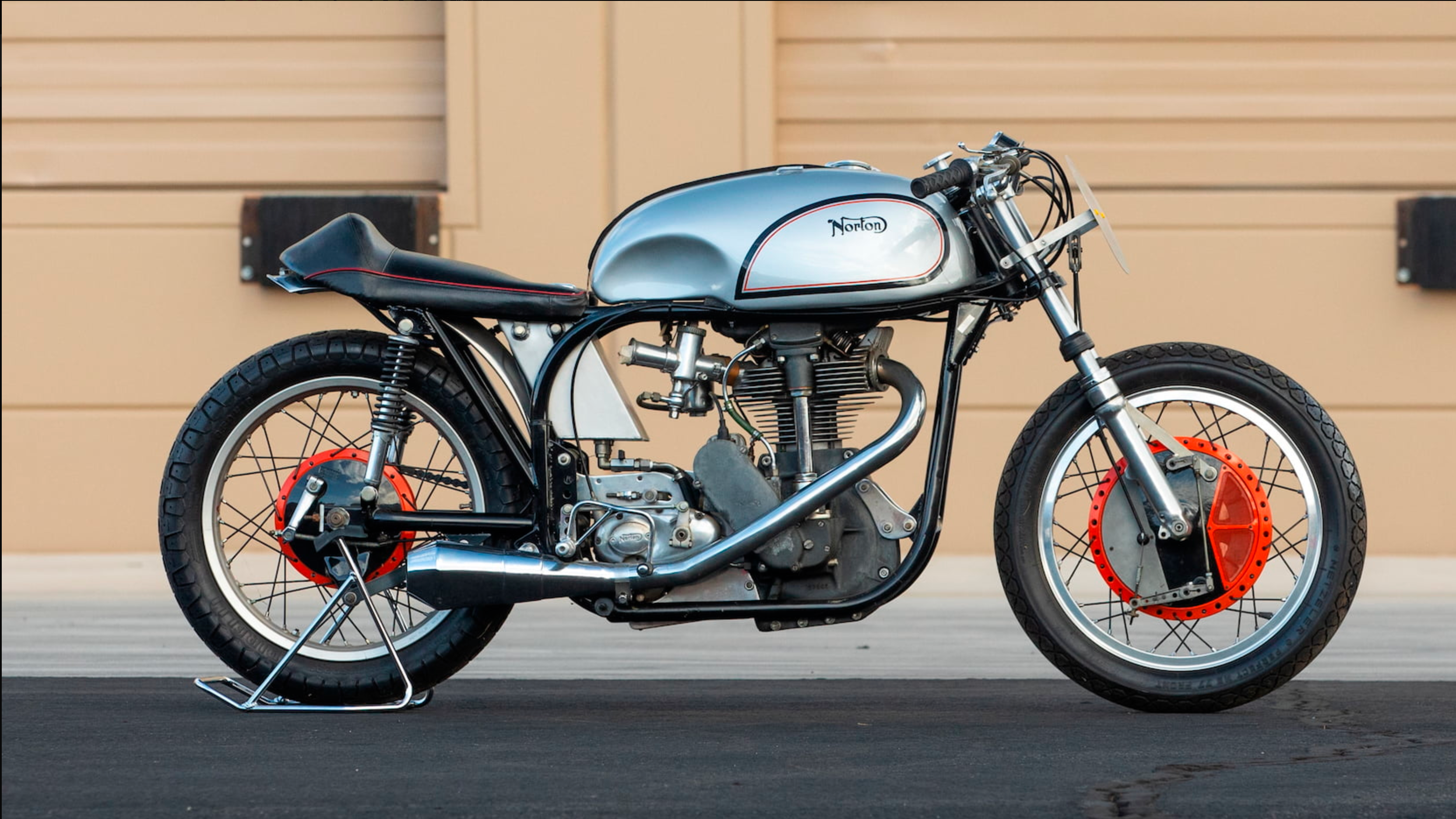
Top 10 Greatest British Motorcycles in History
For nearly 70 years, the British motorcycle industry led the world in motorcycle design and manufacture8 Triumph Tiger 900
Production Years: 1993 to 1998
Triumph might have resurrected itself from the ashes in the early 1990s, but that doesn’t mean it wasn’t aware of what was happening in the wider motorcycling world. In the early 1990s, the adventure bike craze hadn’t reached the level it would in the 2000s and beyond, but the market for large displacement ‘trail’ bikes was in full swing, and Triumph brought out the Tiger 900 to play in that market. The Tiger 900 was another modular creation, using the engine from the Trident in a tall frame to give a modicum of off-road ability. In reality, the Tiger 900 was more of a touring bike, capable of comfortably covering large distances.
It was always more popular in Europe, where the market for Paris-Dakar-style bikes was huge. Speed is also much appreciated by the Europeans, and the Tiger 900 was the fastest of the breed, with its 85 horsepower triple-cylinder engine that was smooth and had bags of character. Eventually, of course, the Tiger 900 and Tiger 1200 range would develop into pukka adventure bikes as customers demanded more and more off-road ability to go with the long-distance touring role.
Performance Specs (1992 900)
|
Displacement |
885cc |
|
Engine |
Liquid-cooled Inline-three DOHC |
|
Power |
82 horsepower |
|
Weight |
461 pounds (dry) |
|
Model Highlights |
Triumph's first adventure bike |
7 Triumph Speed Triple
Production Years: 1994 to 2004
Before too long, Triumph realized that trying to compete with the Japanese and Italians in the faired super sports field was a hiding to nothing and would soak up more capital than they would ever generate in sales. Thus, Triumph concentrated on another big European market: the naked sport bike or Streetfighter. The Speed Triple first appeared in 1994, the name an obvious play on ‘Speed Twin.’ Original Speed Triples were powered by an 885cc, three-cylinder engine producing 98 horsepower and contained in a steel backbone frame and fitted with clip-on handlebars.
In 1997, the Speed Triple received a complete engineering make-over, with an all-new triple-cylinder engine housed in a new tubular perimeter frame with a single-sided swing-arm and featuring distinctive twin ‘bug-eye’ headlights. From then on, the Speed Triple was steadily developed, with ever larger engines culminating in the 1200cc models for 2021-onwards.
Performance Specs
|
Displacement |
885cc |
|
Engine |
Water-cooled Inline-three DOHC |
|
Power |
98 horsepower |
|
Weight |
461 pounds (dry) |
|
Model Highlights |
One of the world's first production streetfighters |
6 Triumph Bonneville
Production Years: 2001 to 2007
In 2001, Triumph all but invented the 'modern classic' craze when it launched its retro-styled Bonneville model. The 'new' Bonneville looked exactly like the 1960s T120 and certainly wasn't an attempt to modernize the looks, although the engineering was fully modern. The parallel-twin engine was there but now with balancer shafts to iron out the vibrations. The Bonneville was a huge success and gave rise to a whole new range of motorcycles - roadster, Scrambler, cruiser, bobber, and - each as successful as the original.
Performance Specs
|
Displacement |
790cc |
|
Engine |
Air-cooled Parallel-Twin DOHC |
|
Power |
62 horsepower |
|
Weight |
451 pounds (dry) |
|
Model Highlights |
Served as the template for the new century's upcoming Bonnevilles |
5 Triumph Rocket III
Production Years: 2004 to 2017
To power the Rocket III, Triumph designed a frankly ridiculous longitudinally-mounted, 2,294cc, three-cylinder engine producing 148 horsepower and 163 pound-feet of torque. The first generation Rocket IIIs were conservatively styled, perhaps trying too hard to appeal to the American cruiser market. Triumph later re-designated the Rocket as a 'muscle bike,' competing with the Yamaha V-Max and the Ducati Diavel. In 2022, the Rocket 3 (note the name change) has ditched much of the cruiser pretension early models possessed and has pitched itself as a performance muscle bike that is still perfect for long-distance touring.
Performance Specs
|
Displacement |
2,294cc |
|
Engine |
Air-cooled Longitudinal Inline-Three DOHC |
|
Power |
148 horsepower |
|
Weight |
704 pounds (dry) |
|
Model Highlights |
World's largest engine on a production motorcycle by displacement |
4 Triumph Scrambler 900
Production Years: 2016 onwards
The Triumph Scrambler 900 is different from what you may think, considering the name that it has been given. The sturdy tubular steel frame helps cushion the blows from the road. The 865cc engine can pump out up to 64 horsepower, pushing the bike up to its top speed of 125 miles per hour. The Scrambler is a great all-around bike that can be used for everyday riding or for those long cross-country trips you take once a year.
Performance Specs
|
Displacement |
865cc |
|
Engine |
Liquid-cooled Inline-Three DOHC |
|
Power |
64 horsepower |
|
Weight |
492 pounds (wet) |
|
Model Highlights |
A true versatile scrambler capable of taking on all roads and no roads |
3 Triumph Thruxton 1200
Production Years: 2016 onwards
The Triumph Thruxton 1200 is one of those bikes that you dream about. The 2-cylinder four-stroke engine vibrates under you as the throttle opens up, and the 96 horsepower takes full advantage of it on the open road. A vivid imagination could even put you sitting on top of a classic British racing bike because of the similarities. However, have no fear because the Thruxton has been updated with the most modern engine and drivetrain upgrades available. To top it all off, the 1200 received its fair share of suspension upgrades to improve comfort and handling, making the Thruxton an entirely modern beast.
Performance Specs
|
Displacement |
1,200cc |
|
Engine |
Liquid-cooled 270° Parallel-Twin SOHC |
|
Power |
96 horsepower |
|
Weight |
454 pounds (dry) |
|
Model Highlights |
Textbook modern café racer styling perfect for the retro craze |
2 Triumph Street Scrambler Sandstorm
Production Years: 2021 to 2022 (Limited Edition)
Triumph has been methodically working through its bike lineup to meet the Euro 5 updates, with the Scrambler models getting their turn in 2022. Thankfully, most of the changes made to the lineup were inside the engine and did not affect the bike's performance. The Street Scrambler still holds the 900cc engine that can produce up to a claimed 64 horsepower. The Sandstorm edition is a throwback look to commemorate the bikes used to race in the desert in the '60s but with modern technology used to design and assemble them.
Performance Specs
|
Displacement |
900cc |
|
Engine |
Liquid-cooled 270° Parallel-Twin SOHC |
|
Power |
64 horsepower |
|
Weight |
492 pounds (wet) |
|
Model Highlights |
Premium parts and finish with only 775 made |
1 Triumph Tiger 1200
Production Years: 2023 onwards
The Triumph Tiger is a motorcycle built for the modern era, and it is full of rider aids, such as cruise control, anti-lock brakes, and traction control. Some of the more innovative goodies are yet to come, but what is important is the 1,160cc engine that produces up to 148 horsepower at 9,000 RPM. This is plenty of power to get the bike down the road or across the hillside along the dirt track. The other options that can be opted for make this bike an exploration bike ready for all-terrain at any comfort level imaginable.
Performance Specs
|
Displacement |
1,160cc |
|
Engine |
Liquid-cooled Inline-Three DOHC |
|
Power |
148 horsepower |
|
Weight |
529 pounds (wet) |
|
Model Highlights |
Class-leading capabilities and features make this a modern Triumph |
Source: MCN

